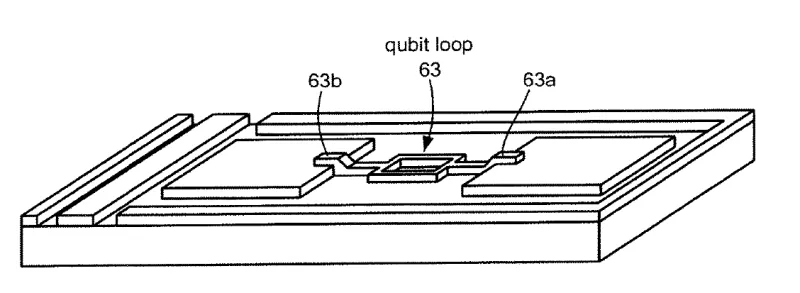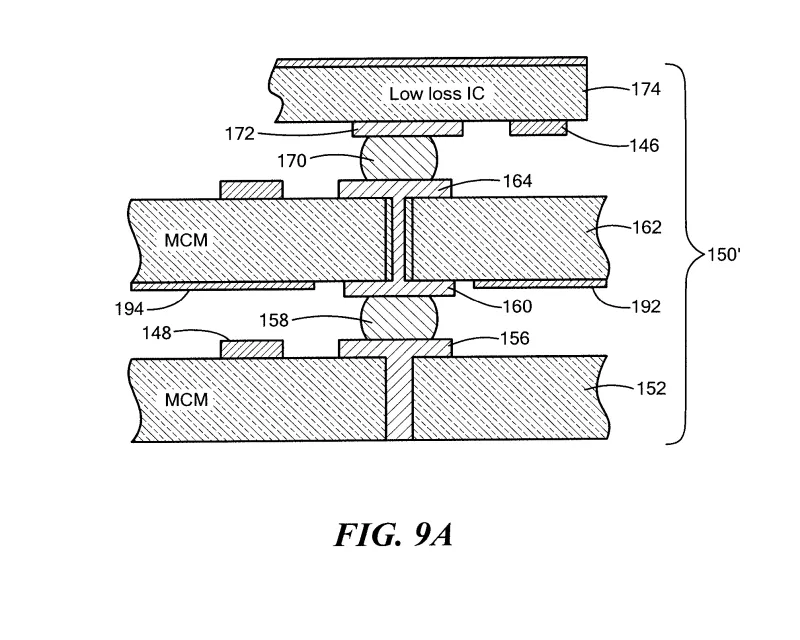Low Loss Superconducting Integrated Circuits (LLSICs)
Superconducting circuits are designed for large-scale quantum computing. Superconductor materials have substantially low electrical resistance below a critical temperature and provide increased performance in integrated circuit devices that can be used in a variety of electronic devices.
Researchers
-
superconducting integrated circuit
United States of America | Granted | 10,658,424
Figures
Technology
The low-loss superconducting integrated circuit includes a superconducting resonator device formed with a low stress; polycrystalline titanium nitride layer deposited on highly resistive Si to provide a high-quality factor. This material combination creates a low loss resonator structure when operated at radio or microwave frequencies. The superconducting resonator plays a significant role in qubit design, interqubit coupling, quantum information storage, and quantum-state dispersive readout because of its low signal-to-noise ratio and low power dissipation. When cooled to dilution refrigerator temperatures, these superconducting circuits behave as quantum mechanical oscillators which can store quantum bits of information. The superconducting device is made of a substrate layer, and a conductive layer followed by a patterned resistive layer. This patterning forms an opening for the conducting layer to form interconnects with other integrated circuits. The superconducting interconnect structures are also applicable to flip-chip assemblies that enable the combination of multiple qubits die into a single package. This package structure also enables the replacement, repair, and upgrade of each individual qubit die, if necessary.
Problem Addressed
A trend towards miniaturized electronic products has driven a demand for an increased number of functionalities and capabilities in smaller areas. This trend has generated a need for integrated circuits with increased density, enhanced computing power, and extended operational life. With a lack of electrical resistance, superconducting materials have the potential to deliver on these demands, providing enhanced performance in integrated circuit devices. A superconducting materials’ performance is determined by the coherence time it experiences as a superconducting quantum bit (qubit). Long coherence times are necessary compared to logic gate times for building a fault tolerant quantum computer. A high intrinsic quality factor (Q) is indicative of a long coherence time, though not many materials meet this requirement. In addition, a high-performance material must have a uniform composition across a wafer, have wafer-to-wafer reproducibility, maintain stability over a milli-Kelvin temperature range, and meet the mandatory requirements of stability.
Advantages
- Package structure enables replacement, repair, and upgrade of qubit die
- Superconducting material enables long coherence times
- TiN shows no electrical resistance at sub-20 milli-Kelvin, suitable for low/no power dissipation cryogenic qubit packaging.
Related Technologies
This case is related to MIT technologies: #18282, and #19039
Publications
Calusine, G., et al. "Analysis and Mitigation of Interface Losses in Trenched Superconducting Coplanar Waveguide Resonators." Applied Physics Letters 112, no. 6 (2018): 062601. doi: 10.1063/1.5006888.
License this technology
Interested in this technology? Connect with our experienced licensing team to initiate the process.
Sign up for technology updates
Sign up now to receive the latest updates on cutting-edge technologies and innovations.

